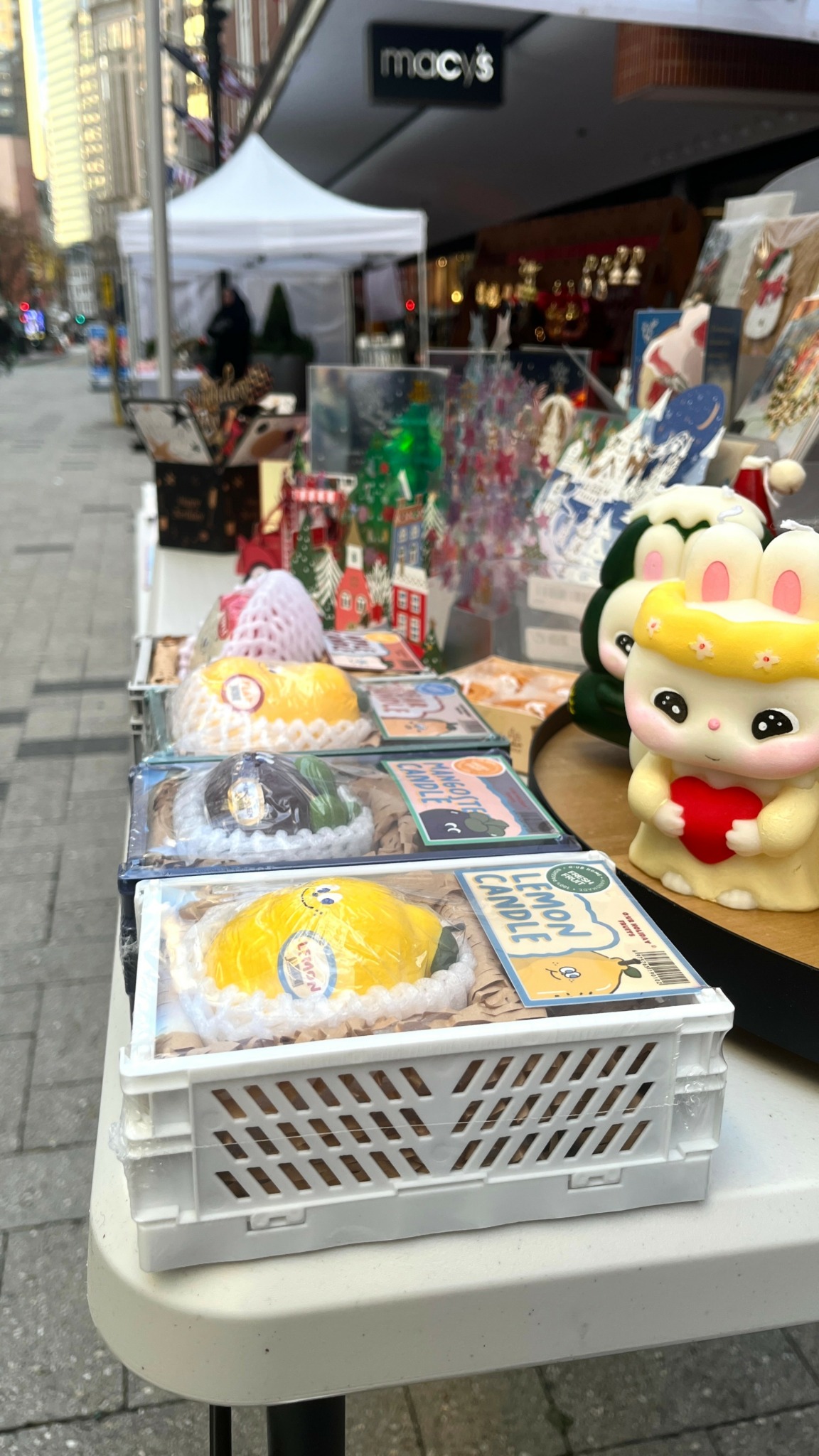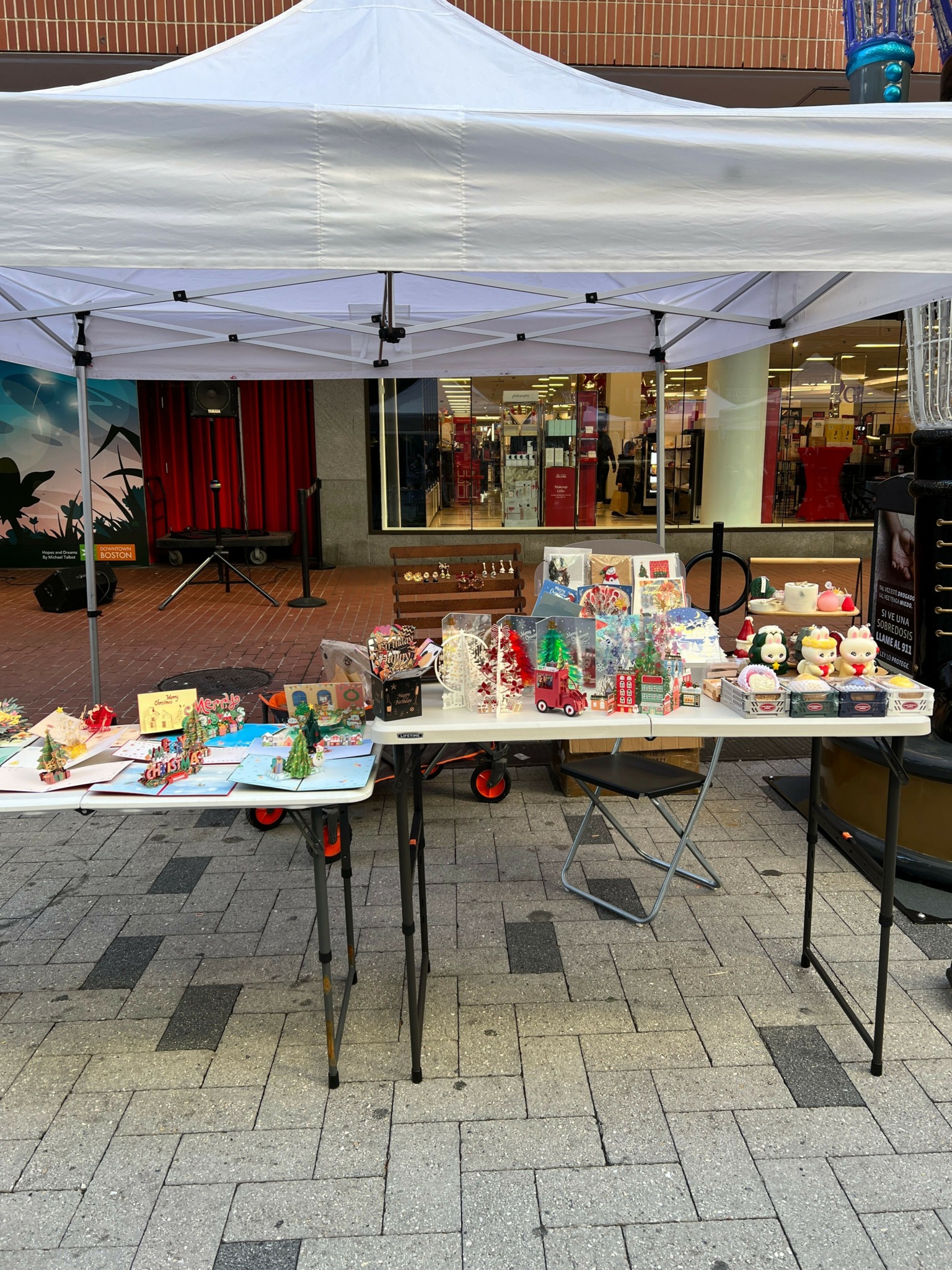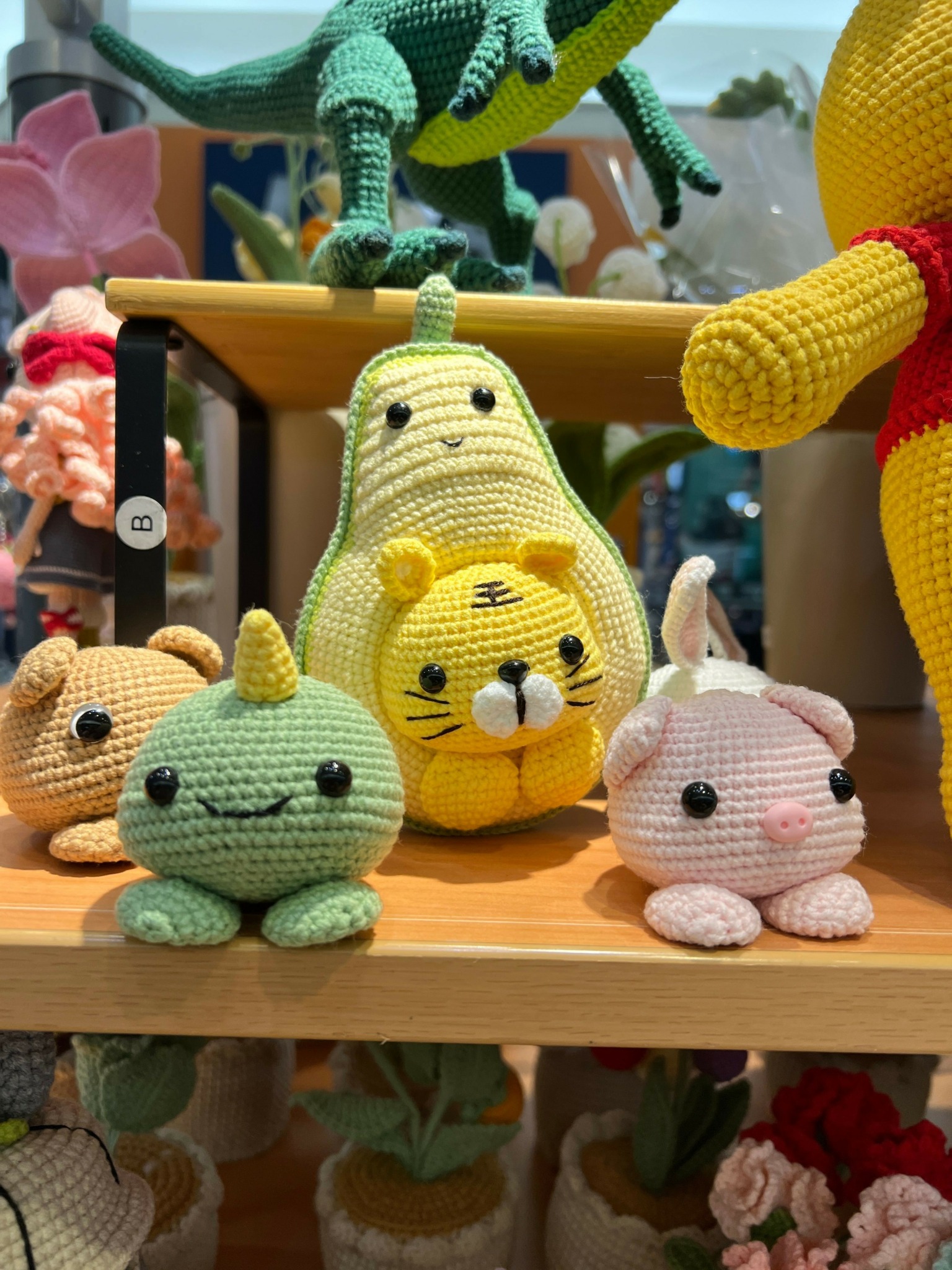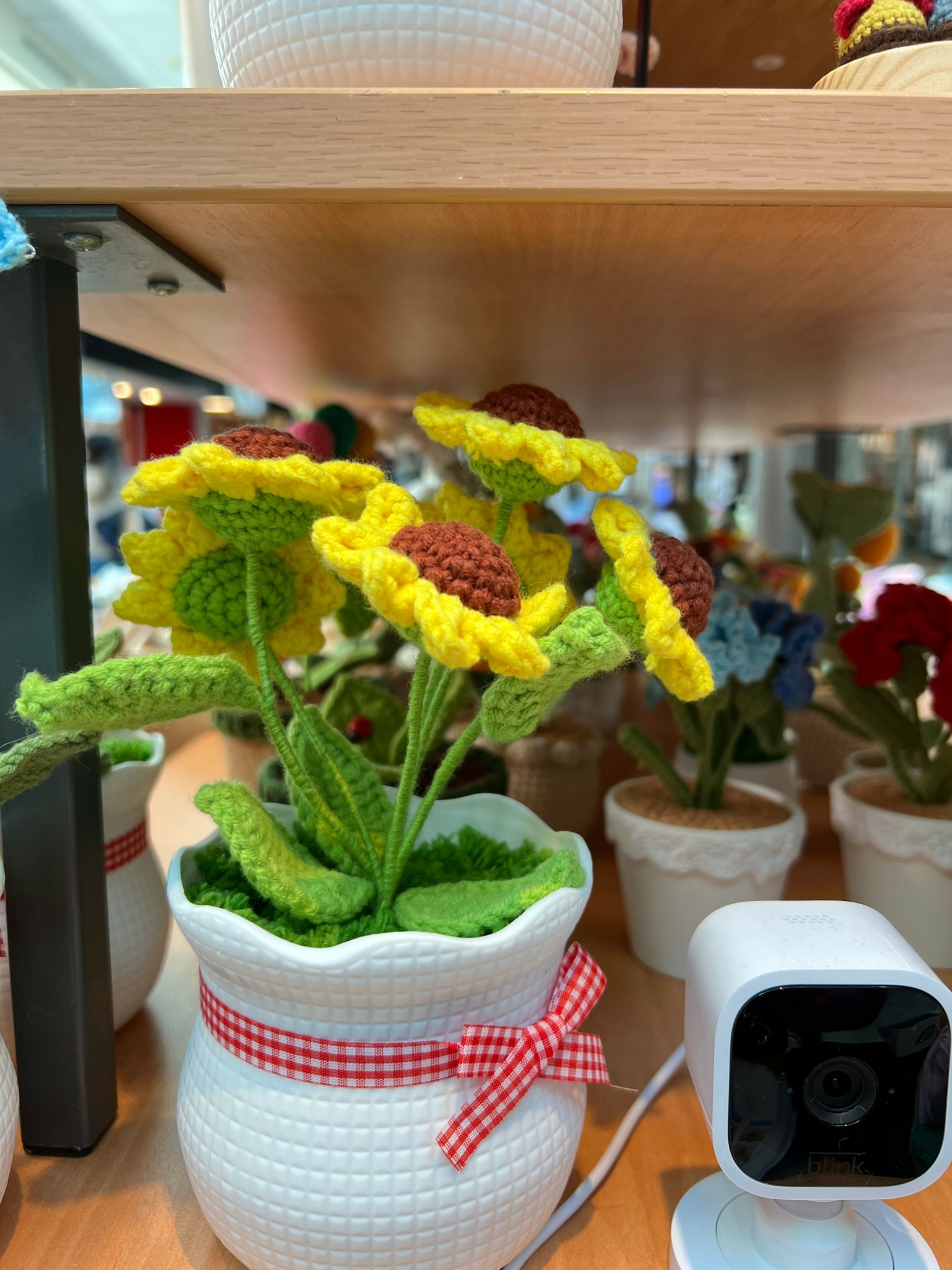Alright – so today we’ve got the honor of introducing you to Yijia Lei. We think you’ll enjoy our conversation, we’ve shared it below.
Yijia, thanks for joining us, excited to have you contributing your stories and insights. So, one thing many business owners consider is donating a percentage of sales or profits to an organization or cause. We’d love to hear your thoughts and the story behind how and why you chose the cause or organization you donate to.
During my school years, we organized commercial charity events in collaboration with various non-profit organizations. One such event was the Angel Capital Entrepreneurship Practices, where the challenge was to achieve a certain amount of revenue in a short period and donate a portion of the income to local non-profits. I’ve always had a business dream, which is to create commercial value with my professional knowledge and to distribute this value to help different groups as much as possible. From drafting a business plan to achieving profitability, my business partner and I spent a full two weeks. After becoming profitable, we donated all our revenue to a local charity for children with cerebral palsy. We wanted to provide them with learning opportunities and proactively purchase the supplies they needed for life and study. We believe that all children and teenagers, regardless of their physical condition, should have equal learning opportunities. This charity has always been committed to helping disabled children adapt to social life. Thus, our goal was not just to be profitable, but also to promote our business values to society and to sustain this activity.

As always, we appreciate you sharing your insights and we’ve got a few more questions for you, but before we get to all of that can you take a minute to introduce yourself and give our readers some of your back background and context?
I am a UX Designer with a background in graphic design and a recent graduate of the MassArt: Design Innovation Program. My graduate studies have provided me with a strong foundation that merges design theory with business strategy, equipping me with the skills and insights necessary to create meaningful and impactful solutions. This education has been invaluable, shaping my perspective and inspiring me to pursue entrepreneurship after graduation.
Becoming an entrepreneur aligns with a long-standing ambition I’ve had since high school—to create value through design. My passion for design extends beyond my profession; I enjoy appreciating aesthetically and conceptually valuable works. However, I believe that moving from appreciation to creation requires a hands-on, experimental approach. During my undergraduate years, I actively explored different artistic styles, refining my personal aesthetic and discovering the path that best suited me.
Through this journey, I realized that building a personal brand or visual identity must be guided by market demand. A brand’s image is the first impression a customer gets, and it plays a crucial role in communicating identity, style, and personality. Elements such as color, typography, and visual storytelling all contribute to shaping how an audience perceives a brand.
By understanding this, I chose to specialize in business-related design studies during my graduate education. My goal has always been to create value for brands—whether my own or those of my clients. I believe that value is the most important element within a business ecosystem, and my mission is to help individuals and businesses craft compelling, market-driven brand identities that stand out and resonate with their target audience

Any fun sales or marketing stories?
One of my most memorable marketing experiences was when we set up a booth in a shopping mall, selling handmade crafts—primarily knitted and crocheted products. While the idea was promising, the reality was challenging: to turn a profit, we needed to hit a daily sales target, yet we only received a 20% commission from our vendors. This meant that every sale had to count, and we had to find a way to increase perceived value and encourage customers to buy.
Our primary audience consisted of people who appreciated handmade goods, but foot traffic alone wasn’t enough to generate consistent sales. We knew we needed a strategic shift—simply displaying the products wasn’t enough; we had to sell the story behind them.
Instead of competing purely on price, we decided to raise our prices by 15% and position the products as artisanal pieces with a deeper emotional connection. We emphasized the craftsmanship behind each item—how every stitch was carefully woven by hand, how the artisans put their passion into each creation, and how purchasing one of these pieces meant supporting real artists and traditional crafts.
We engaged with customers in a way that made them feel part of the story. Instead of saying, “This is a crocheted doll,” we would say, “This set of dolls was handmade by a group of passionate artisans who share a deep love for crochet and knitting. They come together not just to create, but to preserve a tradition that connects them to the past and ensures that future generations will carry it forward. Each stitch is a symbol of patience, skill, and dedication—woven by hands that have mastered this craft over time.” This emotional storytelling transformed the way customers viewed the products. They were no longer just dolls—they were a piece of heritage, a connection to the past, and a symbol of craftsmanship that deserved to be valued.
Therefore, we noticed a shift in Customer Perception, that customers engaged more deeply, often sharing their own memories of family members who used to knit or crochet. By creating an emotional connection, we not only surpassed our daily sales goals multiple times, but we also strengthened our customers’ appreciation for handmade craftsmanship. The biggest lesson? People don’t just buy products—they buy stories, emotions, and a sense of belonging.

Can you tell us the story behind how you met your business partner?
The story of how I met my co-founder begins at MassArt’s Master of Design Innovation (MDes) program, where we were both classmates. From the start, we realized we shared not just an academic journey but a common vision—a deep passion for design, entrepreneurship, and creating something meaningful.
During our studies, we were both drawn to the intersection of design, business strategy, and cultural heritage. We often found ourselves discussing ways to bridge the gap between traditional craftsmanship and modern markets, particularly in showcasing the beauty and value of Chinese handmade goods to audiences in the United States.
Both of us had always aspired to build our own business rather than follow a conventional career path. We saw entrepreneurship as a way to not only deliver value to clients but also to preserve and promote artisanal craftsmanship. The idea of starting something from scratch—creating a brand that stands for quality, heritage, and authenticity—excited us both. What started as casual brainstorming sessions soon turned into something bigger. We explored how we could help Chinese artisans gain recognition in Western markets by telling the stories behind their craftsmanship and positioning their handmade goods as premium, one-of-a-kind pieces. The more we discussed, the more we realized our strengths complemented each other—combining design, business strategy, and market insights.
Contact Info:
- Website: https://leiyijia.design/
- Linkedin: https://www.linkedin.com/in/yijia-lei




Image Credits
Photos by: Harry Liao; Yijia Lei


